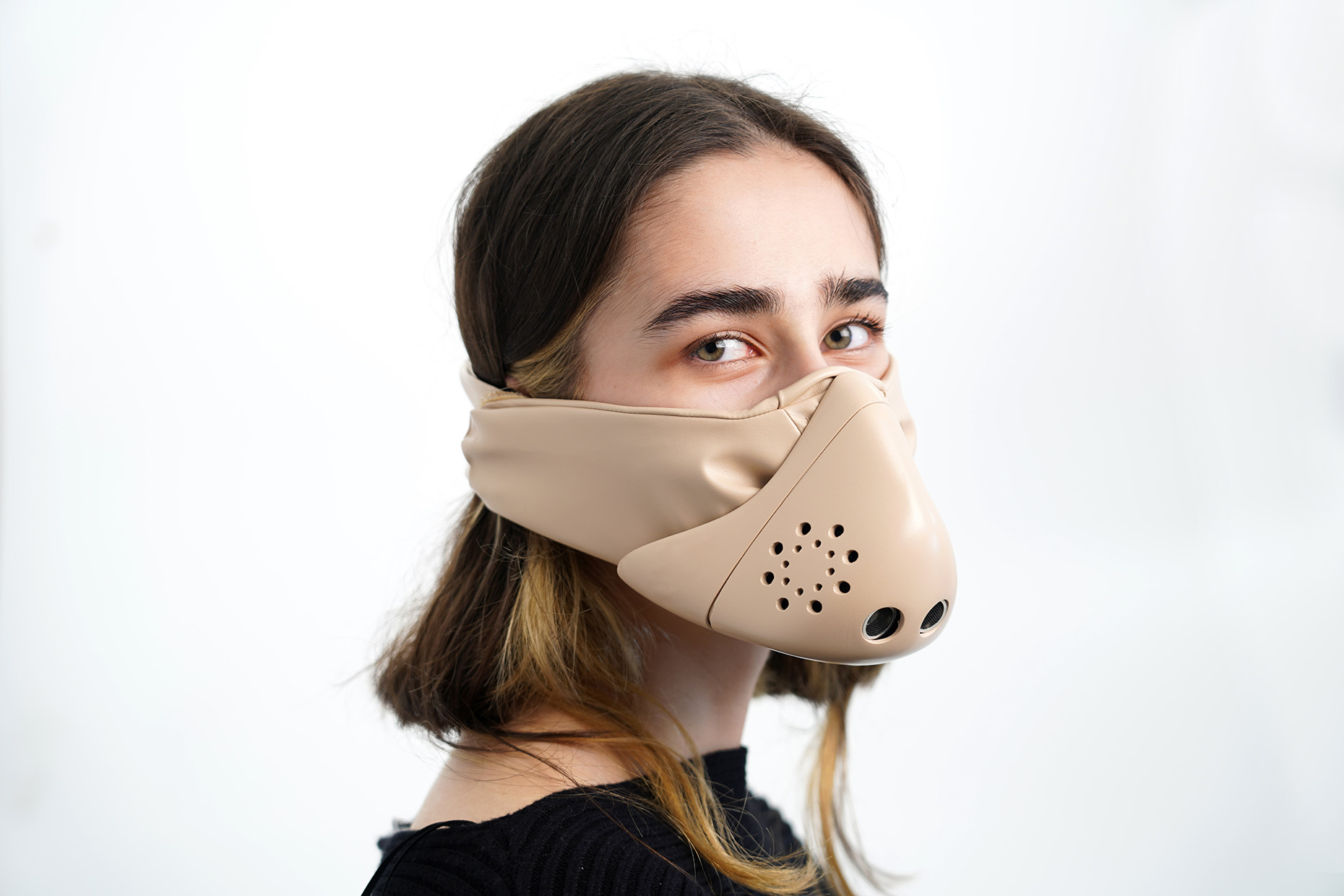 F.001
F.001
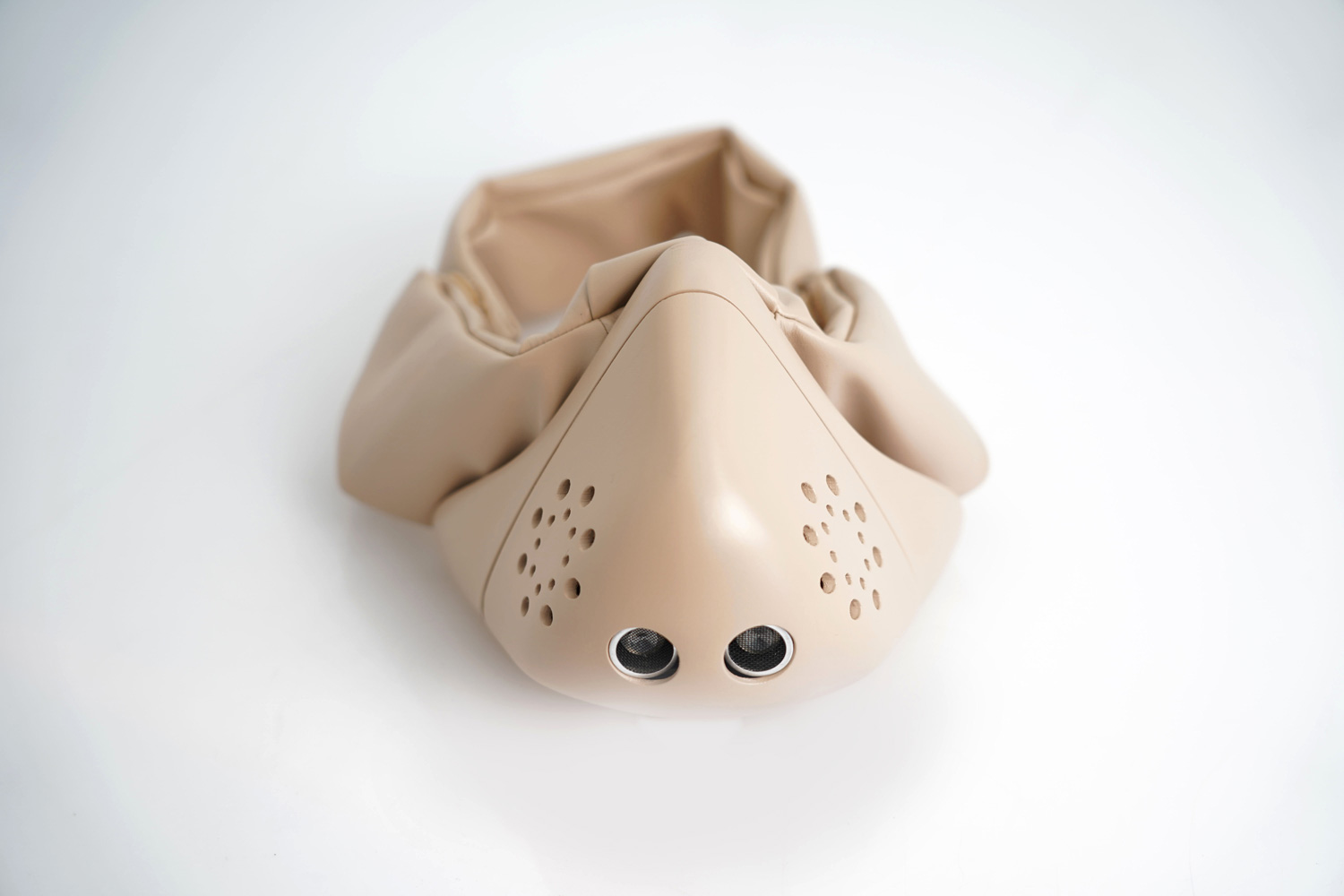 F.002
F.002
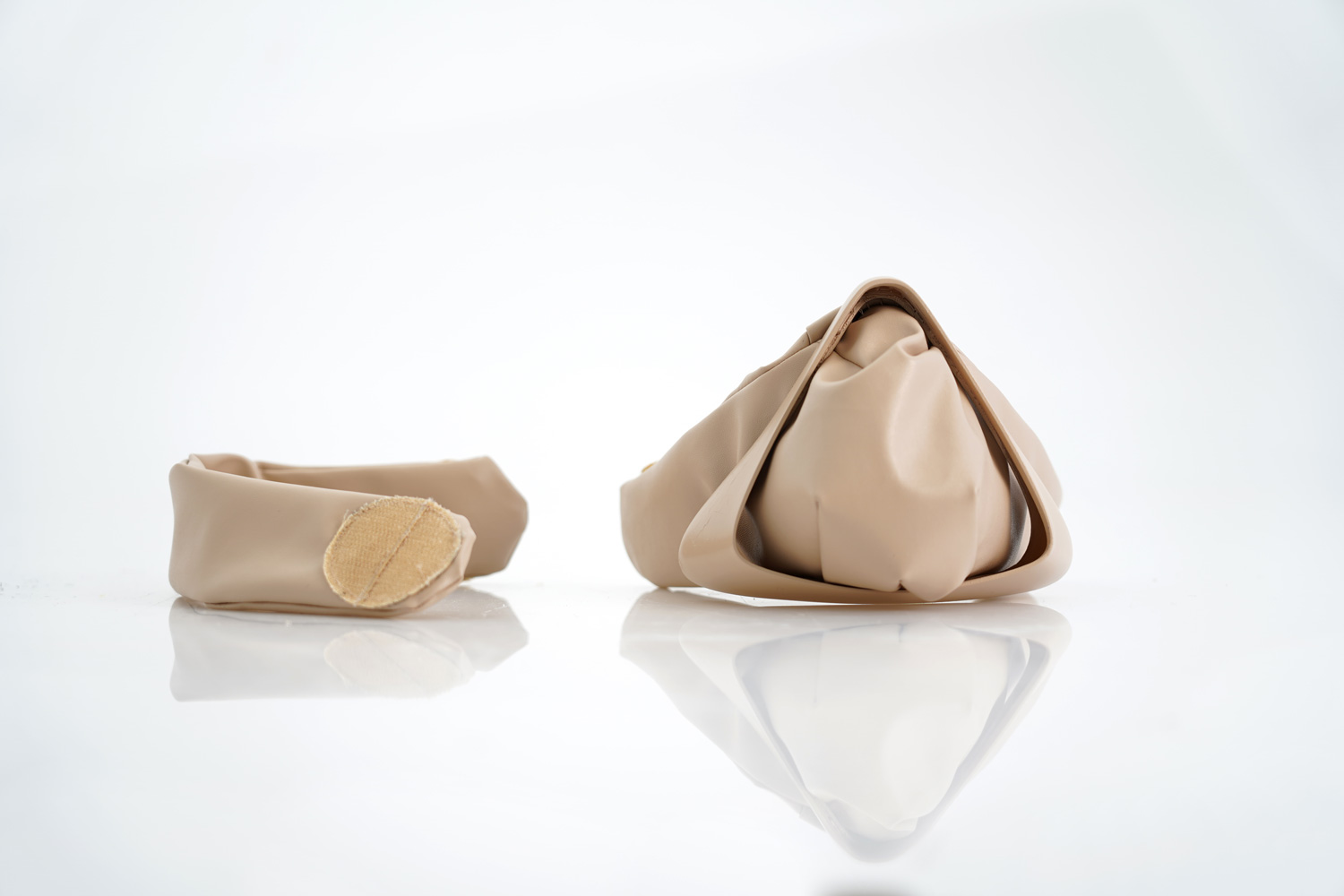 F.003
F.003
 F.004
F.004
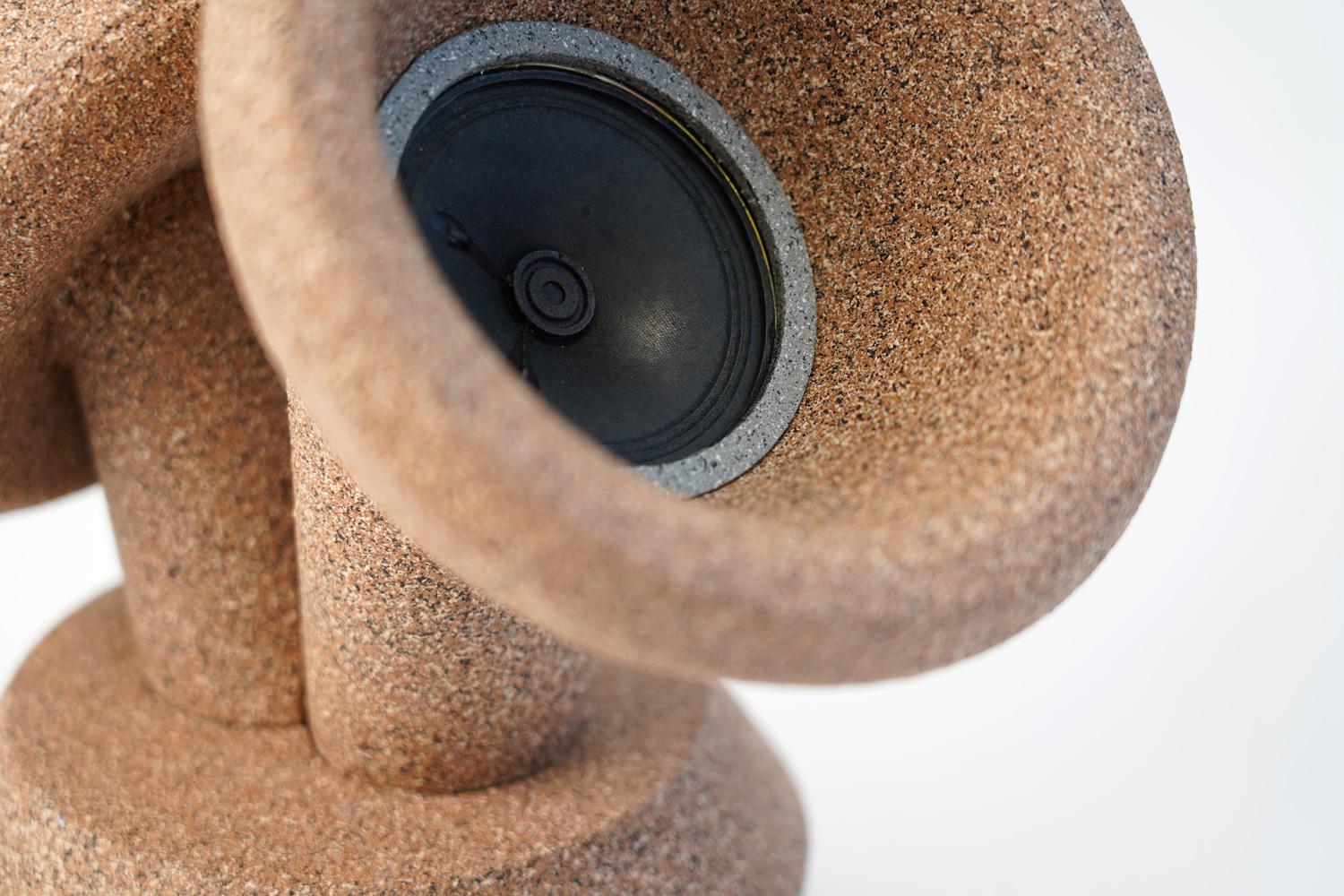 F.005
F.005
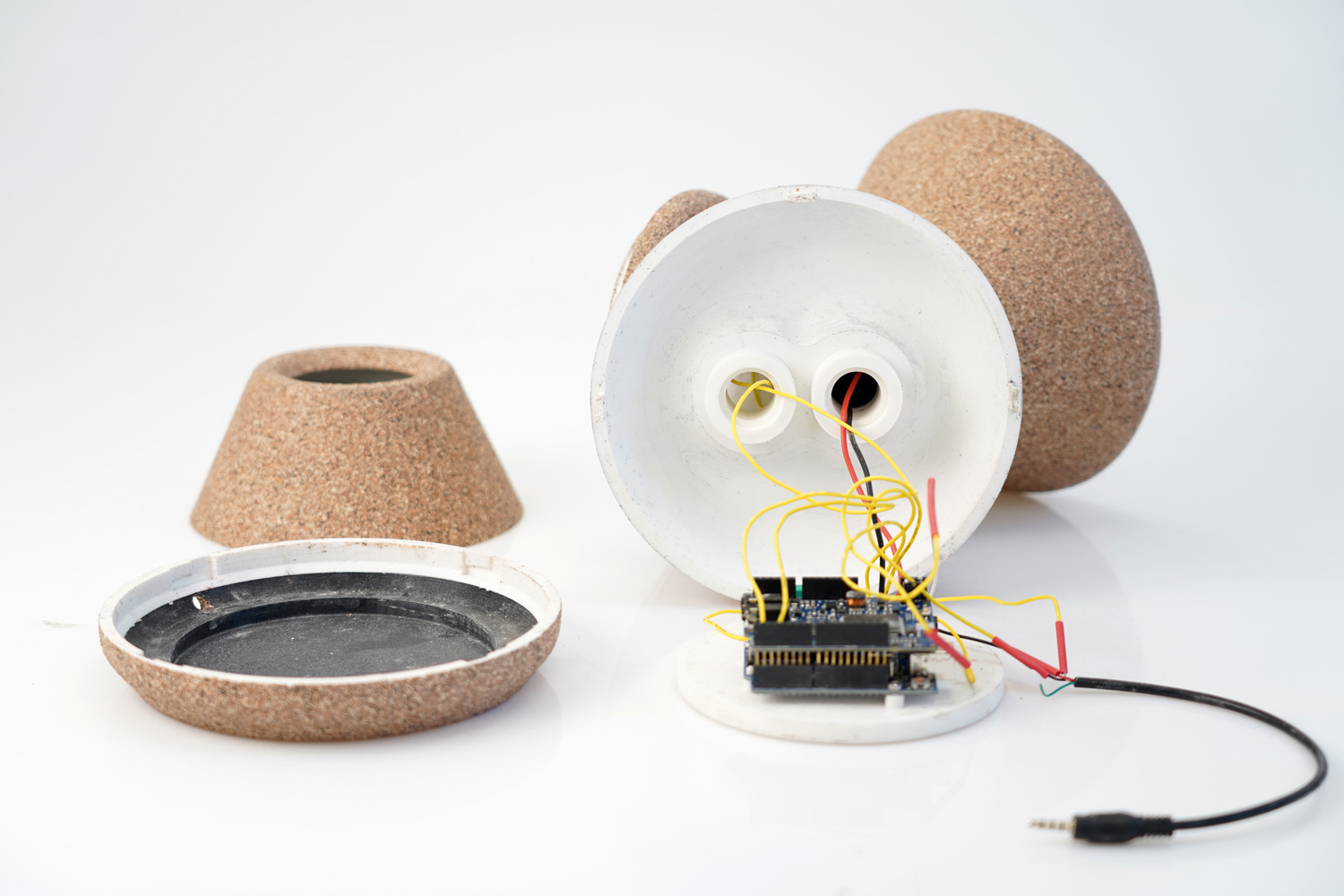 F.006
F.006
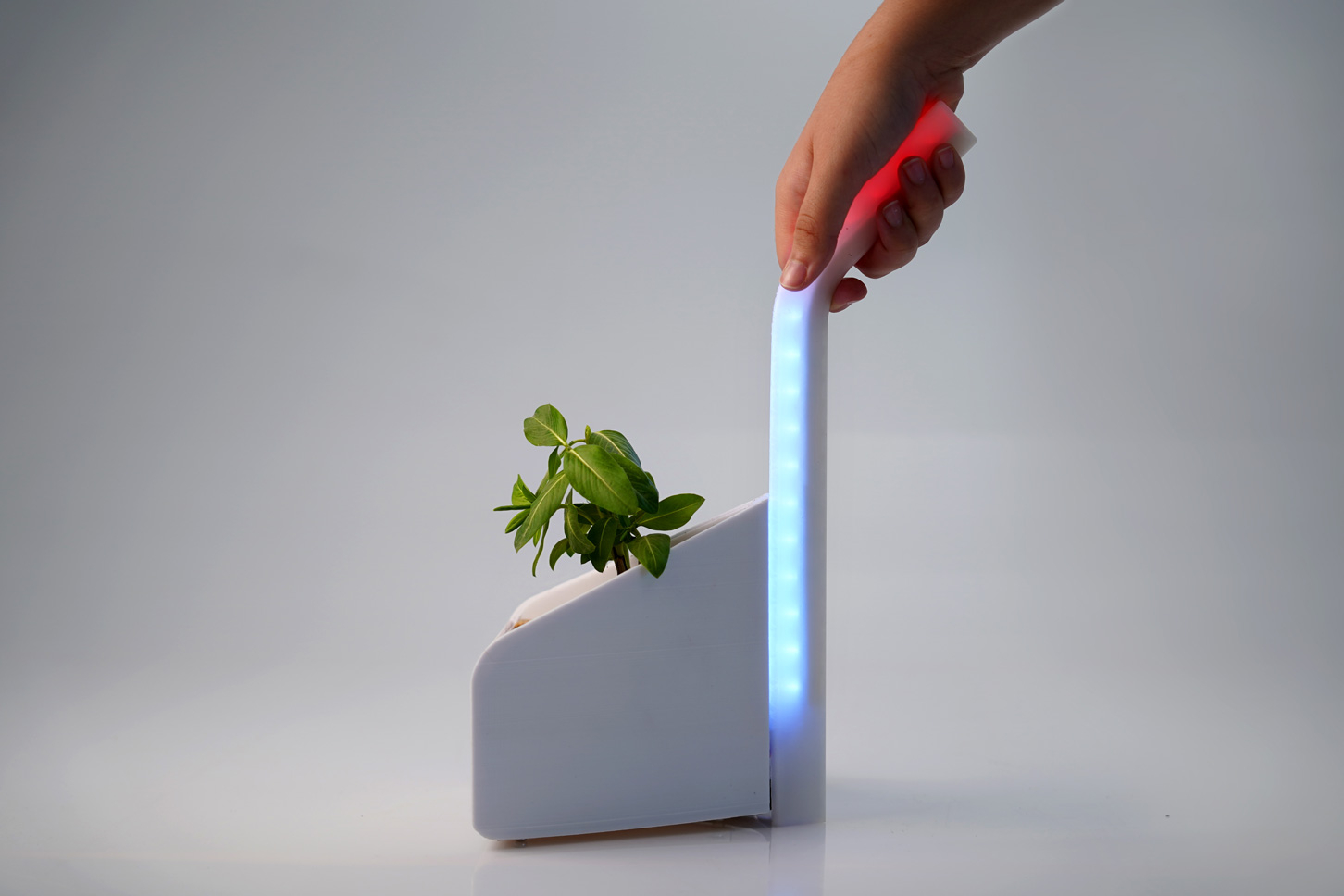 F.007
F.007
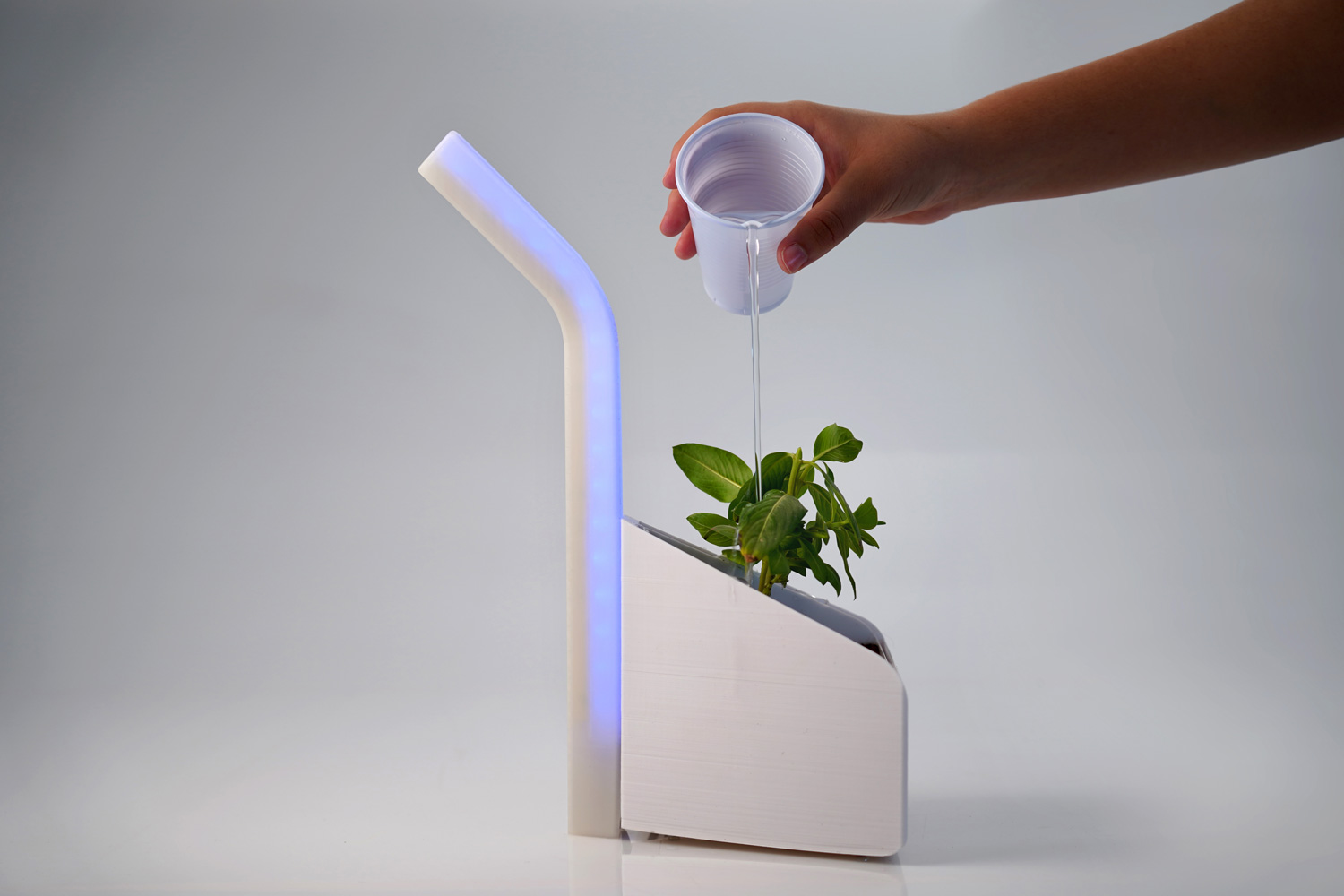 F.008
F.008
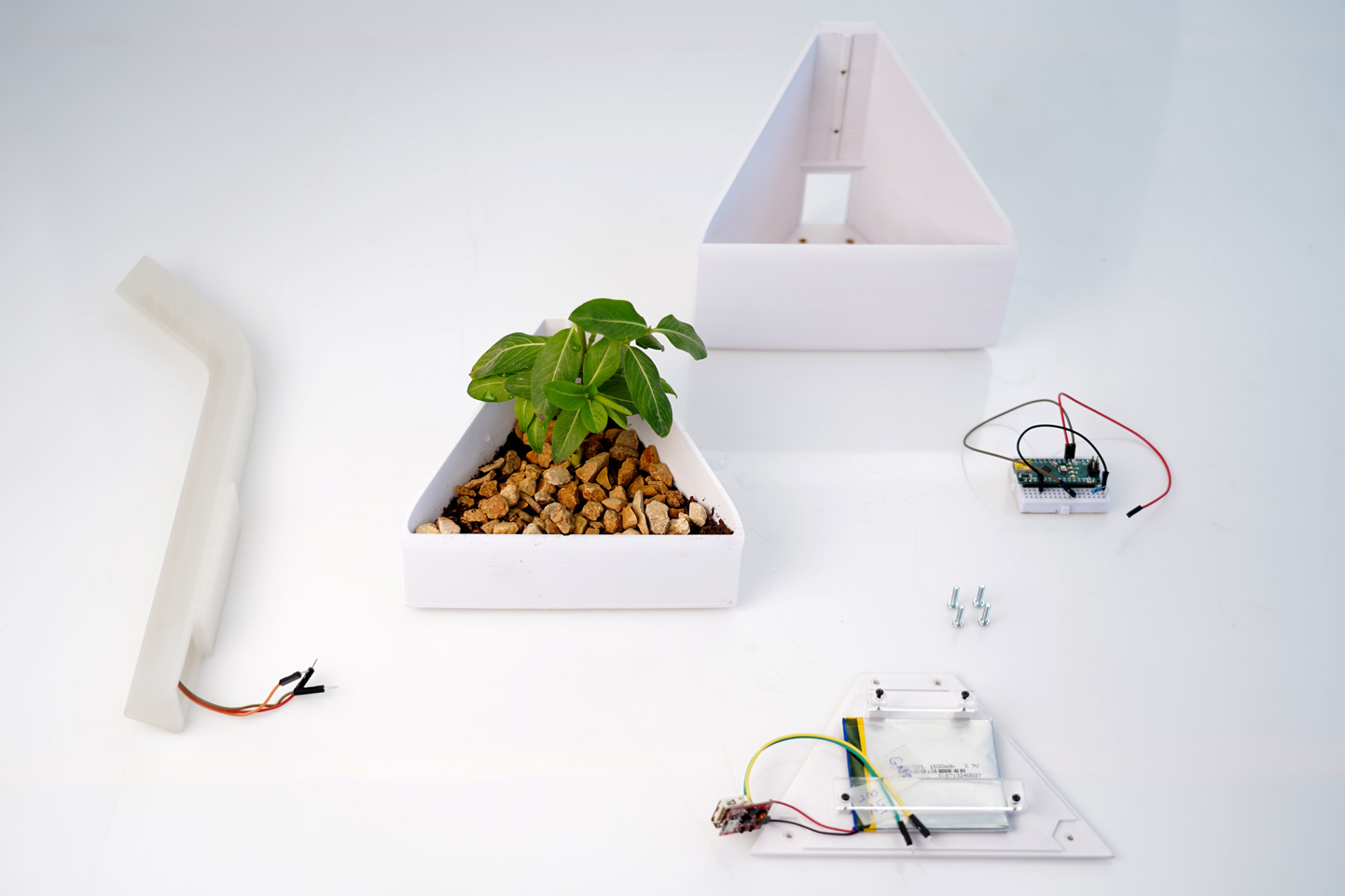 F.009
F.009
 F.010
F.010
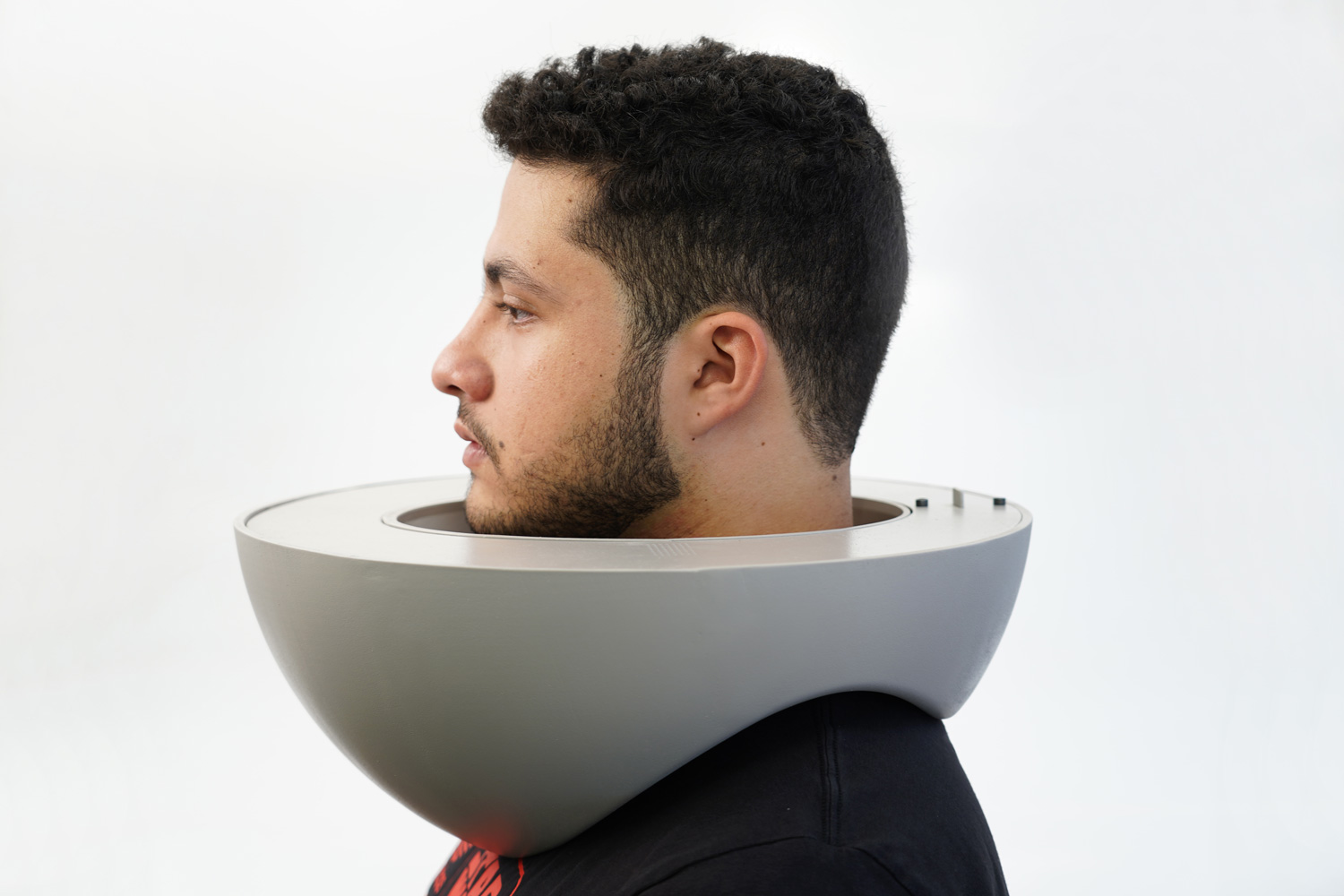 F.011
F.011
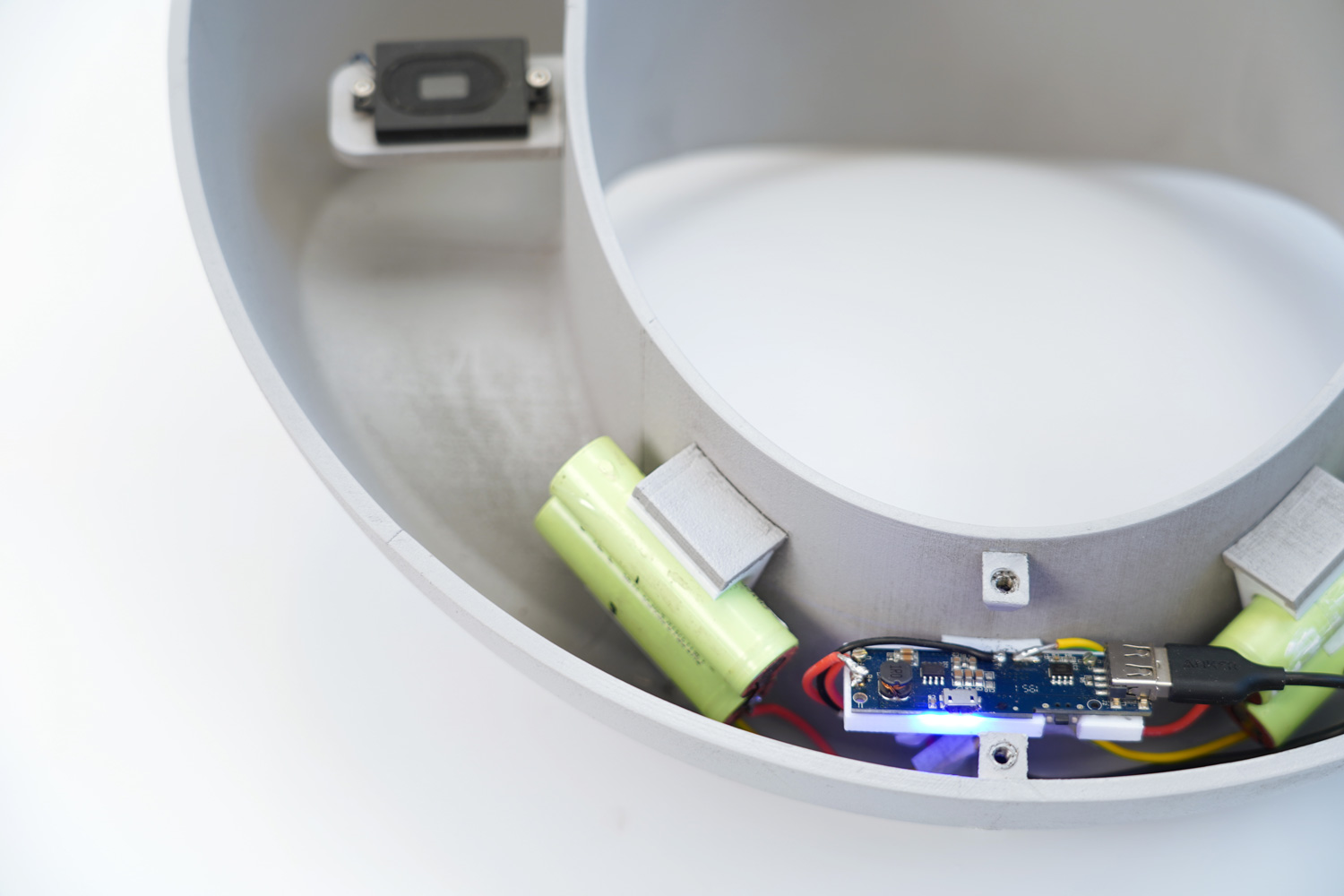 F.012
F.012
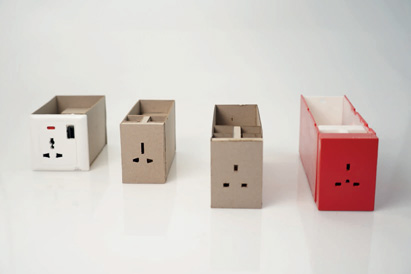 F.013
F.013
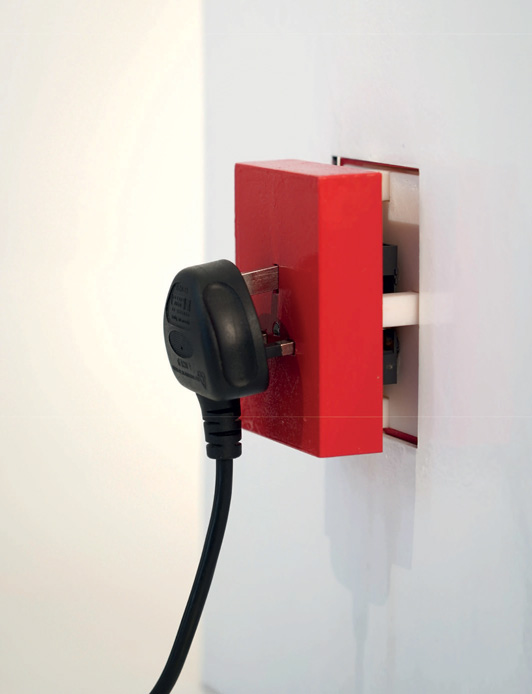 F.014
F.014
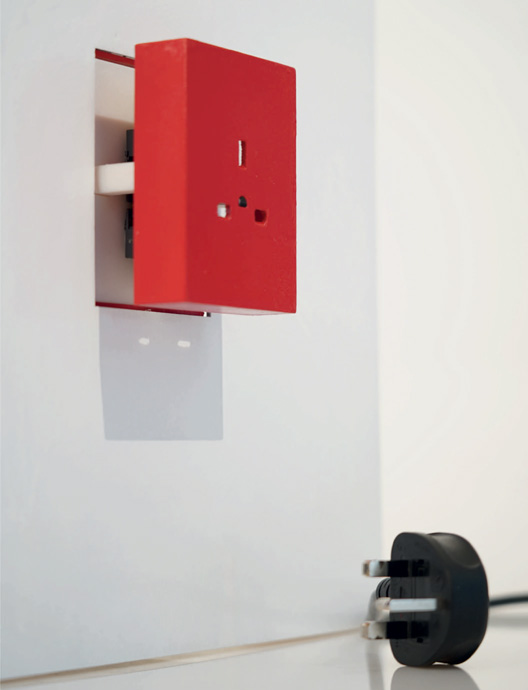 F.015
F.015
E.005
Objects Agents
A security camera that gets offended if you don’t greet it, a face mask that is possessive with its wearer, a webcam that discourages overworking, a hearing device that whispers your secrets, a speaker that wants to be cuddled. What do these devices have in common and what purposes do they have?
Words
Preface
‘Objects Agents’ is the title of a course designed for the Dubai Institute of Design and Innovation, which blend elements of product and interaction design with sociological notions such as Actor-Network theory (ANT) and process-oriented ontology. The project has the purpose of reflecting on how electronic objects can be designed in order to behave as disruptive entities, capable of continuously stabilizing and destabilising the network in which they operate. Object Agents asks students to explore what it means to design objects that becomes involved in significant forms of agency. At a first look, such ‘things’ might seem to work as regular electronic devices, such as – for instance, products that emit lights, sounds, smell. However, once those devices interact with humans, they set to behave in creative, radical, uncanny ways, becoming “objects with sociology” (Latour, 1992).
The course has the format of a 16-weeks studio, based on three interconnected research phases. In ‘research & analysis’, electronic devices are explored from a perspective of components and programmability. ‘conceptualization & planning’ is about developing ideas for a speculative network of objects. In ‘prototypes and synthesis’, multiple devices are prototypes through lab and coding processes. While exploring and reinterpreting everyday electronic products as other-than-human entities capable of communicating and acting autonomously, the course simultaneously introduces principles of interaction design and address the complexities of prototyping in product design.
– – –
Outputs
Vioru (F.001 to F.003 + V.001)
Kaya Thueni and Zahra Akef
Vioru was designed as a response to emerging social anxiety disorder in a post-pandemic era, where people might feel scared or intimidated in engaging in social relationships. The object is not worn by the user; instead, it is the object who wears the user. The result is a possessive mask, that engages in obsessive relations with who wears it. The semantic of the electronic device refers to George Orwell’s animal farm, where the pig was seen as the dominant leader character.
Themis (F.004 to F.006)
Zinah Issa and Mohamed Baazim
‘Themis’ is a speaker that poses questions concerning the notion of ‘political correctness’, asking whether a device could learn to ‘fabricate correctedness’. Conversational triggering words are picked by Themis through a sound sensor and Movi speech recognizer, which turn Themis into a conversation recorder. The device displays randomized reactions that take place in different ways, depending on environmental settings. If music is being played in the background, audio levels are manipulated. If no music is being played, an alarm goes OFF, and a social media broadcast is sent. Themis turns off after it completes a reaction, thus making room for conversations between people. The work around forms and materials reflects the desire of exploring ambiguity and agonism as a design resource.
Warden (F.007 to F.009)
Arnav Bavishi and Mariam Lambertt
Warden is a lamp that cares for plants and acts as an ideal owner. It measures the plant’s hydration levels, and according to the detected information, produces a light as a way of interacting with human users. This mode of communication translates the plant’s hidden language into visual representation. The device blinks on different intensity and colors, signaling different plant needs and calls for action, thus acting as a third-party councillor between humans and vegetal beings.
A-Void (F.010 to F.012)
Mohammad Alsaleh and Waleed Mohammad
A-Void monitors human conversations by detecting voice tone, modulation, and conversations length. It then acts as an interrupter in situations that may or may not turn toxic, keeping users on the toes and urging to think more care-fully. To be used, the device must be worn around the head. A-Void automatically turns on when somebody starts talking. The embedded microphone detects the user’s vocal timbre and categorizes it according to its frequency and under one out of two specifiers: aggressive or calm. The embedded Arduino also allocates a number of words per minute. Once the user begins talking, each spoken word is counted, and based on the assigned tone, a device reaction is enacted, varying from light noise to disturbing sounds. If the spoken words are less than those allocated, users are rewarded with extra words-per-minute in the rolling cycle.
Agonite (F.013 to F.015 + V.002)
Juzer Ghadiyali
Between 1980 and 2019, electricity consumption tripled, outstripping the 75% growth in global population and spotlighting the urgent need for more efficient energy use. ‘Vampire energy loads’ from devices like TVs, computers, and chargers when not actively used contribute to 5-10% of residential electricity use and about 1% of global CO2 emissions, costing households an average of $200 annually. Agonite is a wall socket that emerges as a critical response to this issue. Designed to incorporate two temperature sensors and a series of stepper motors, the socket intervenes when chargers overheat, autonomously disconnecting them in a manner that mirrors human emotional response to discomfort. This approach imbues Agonite with a form of behavioral autonomy that provocatively challenges assumptions on energy wastage, inviting reflection on our interactions with less-visible technological devices.
Team
Teacher:
Gionata Gatto
Guest Lecturers:
Alvise Mattozzi, Emanuele Quinz, Giovanni Innella, Laura Forlano
Lab Instructors:
Simone Majocchi, Mona Al Hashimi
Exhibitions
20.05.2024 - 30.06.2024
(Mis)Behavioural Things, Dubai Design District, Building 4 (UAE)
Press
Would you like to receive press materials about this project? Enter your email here
